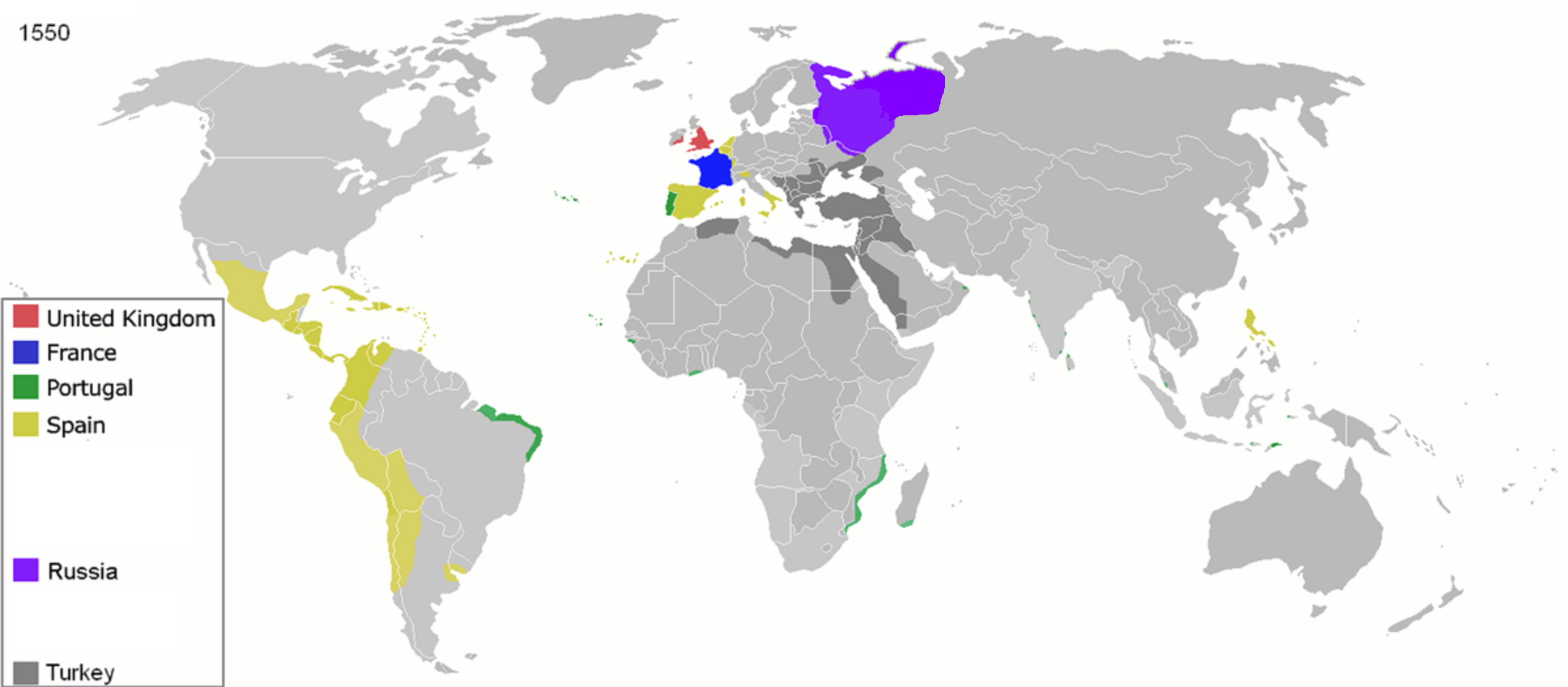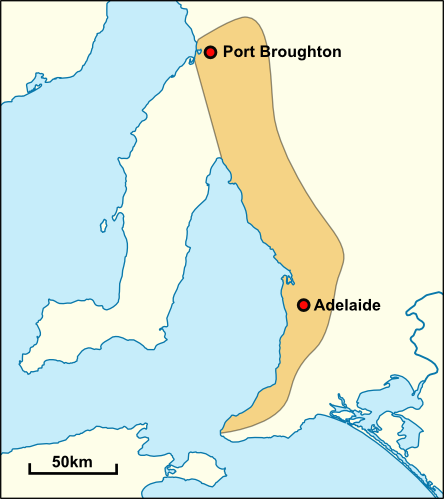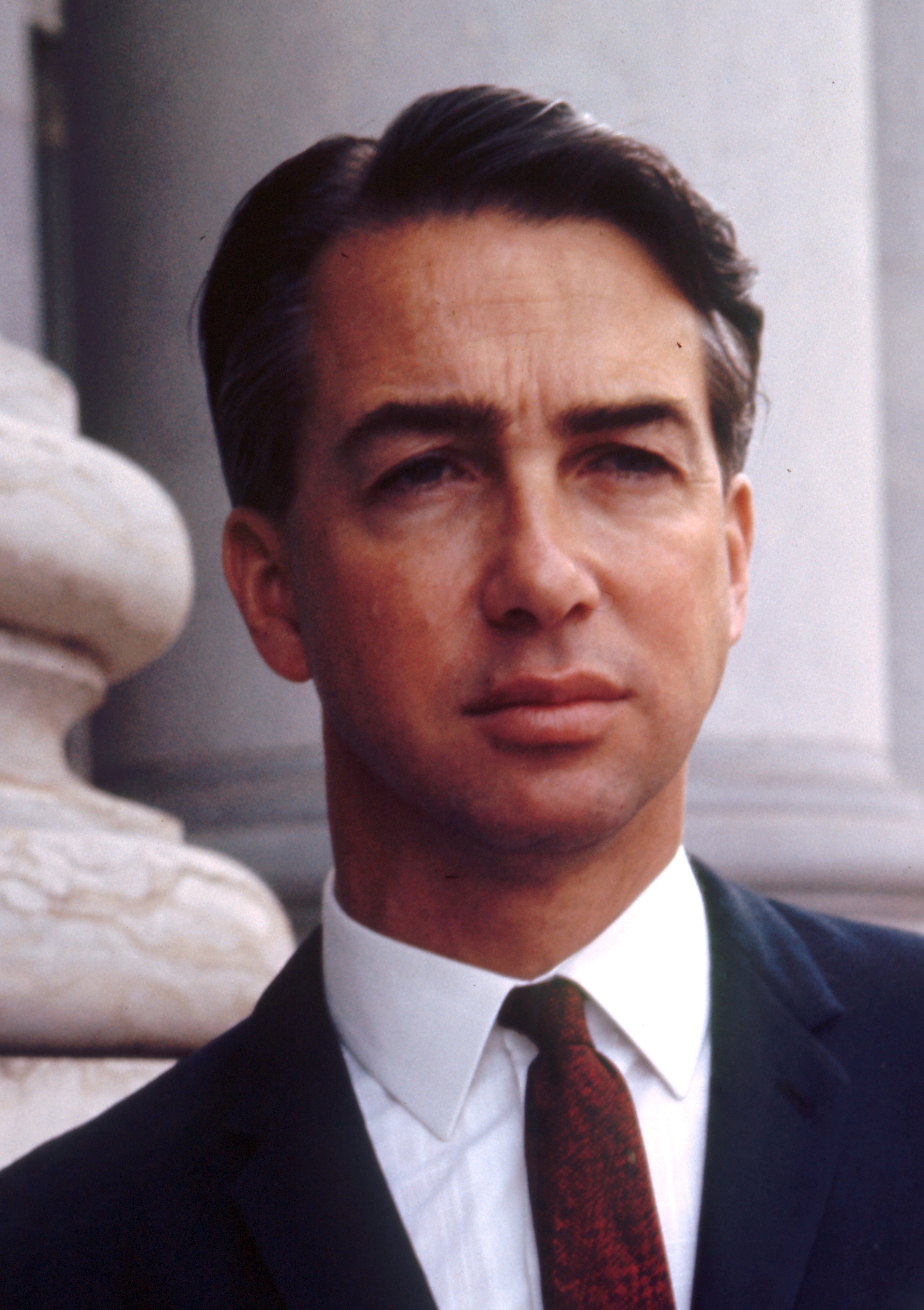|
Aṉangu Pitjantjatjara Yankunytjatjara
Aṉangu Pitjantjatjara Yankunytjatjara, also known as APY, APY Lands or ''the Lands'', is a large, sparsely populated Local government in Australia, local government area (LGA) for Aboriginal Australians, Aboriginal people, located in the remote north west of South Australia. Some of the Aṉangu (people) of the Western Desert cultural bloc, in particular Pitjantjatjara people, Pitjantjatjara, Yankunytjatjara and Ngaanyatjarra peoples, inhabit the Lands. Governance of the area is determined by the ''Anangu Pitjantjatjara Yankunytjatjara Land Rights Act 1981'' (or APYLRA), whereby an elected executive board reports to the Premier of South Australia. The APY's administration centre is located at Umuwa. A large portion of the APY Lands was formerly the North-West Aboriginal Reserve. Time zone Due to its links with the Northern Territory and proximity to the border, the APY Lands do not observe daylight savings unlike the rest of South Australia. The time zone observed througho ... [...More Info...] [...Related Items...] OR: [Wikipedia] [Google] [Baidu] |
Umuwa, South Australia
Umuwa is an Aboriginal community in Anangu Pitjantjatjara Yankunytjatjara (APY lands) in South Australia, serving as an administrative centre for the six main communities on "The Lands", as well as the outlying communities. It is located approximately north-west of Marla and south-west of Alice Springs. History Umuwa was established in 1991 as the administrative and service centre for the APY Lands, to move the governance from Alice Springs. In March 2024, the Kulilaya Festival was held at Umuwa to celebrate the 40th anniversary of the 1981 ''APY Land Rights Act''. It had been delayed for three years owing to the impact of the COVID-19 pandemic. Artists, musicians, and dancers presented their history and stories to commemorate the occasion. The word ''kulilaya'' approximates to the meaning of "listen", and was the name of a land rights protest song that was sung frequently in the late 1970s and early 1980s, and since then sung regularly by the Ernabella Choir, the APY Choi ... [...More Info...] [...Related Items...] OR: [Wikipedia] [Google] [Baidu] |
Western Desert Cultural Bloc
The Western Desert cultural bloc (also capitalised, abbreviated to WDCB, or just Western Desert) is a cultural area, cultural region in central Australia covering about , used to describe a group of linguistically and culturally similar Aboriginal Australian nations. Languages The term ''Western Desert cultural bloc'' is often used by anthropologists and linguists when discussing the 40 or so Aboriginal groups that live there, who speak dialects of one language, often called the Western Desert language. The term ''cultural bloc'' is used by anthropologists to describe culturally and linguistically similar groups (or nations) of Aboriginal Australians, Aboriginal peoples of Australia. Country According to anthropologist Robert Tonkinson: Extending over a million square miles, the Western Desert... covers a vast area of the interior of the continent. It extends across western South Australia into central and central northern Western Australia (south of the Kimberleys) and south-we ... [...More Info...] [...Related Items...] OR: [Wikipedia] [Google] [Baidu] |
Presbyterian Church Of Australia
The Presbyterian Church of Australia (PCA), founded in 1901, is the largest Presbyterian and Reformed denomination in Australia. The PCA is the largest conservative, evangelical and complementarian Christian denomination in Australia. The Presbyterian Church of Australia is Reformed in theology and has a Presbyterian polity. History Beginnings John Hunter the captain of HMS ''Sirius'' in the First Fleet was a former Church of Scotland minister. Later Presbyterian Christianity came to Australia with the arrival of members from a number of Presbyterian denominations in Great Britain at the end of the 18th century. The Presbyterian missionaries played an important role to spread the faith in Australia. Since then Presbyterianism grew to the fourth largest Christian faith in the country. The Presbyterian Church of Australia was formed when Presbyterian churches from various Australian states federated in 1901. The churches that formed the Presbyterian Church of Australia were ... [...More Info...] [...Related Items...] OR: [Wikipedia] [Google] [Baidu] |
Aboriginal Reserve
An Aboriginal reserve, also called simply reserve, was a government-sanctioned settlement for Aboriginal Australians, created under various state and federal legislation. Along with missions and other institutions, they were used from the 19th century to the 1960s to keep Aboriginal people separate from the white Australian population. The governments passed laws related to such reserves that gave them much power over all aspects of Aboriginal people’s lives. Protectors of Aborigines and (later) Aboriginal Protection Boards were appointed to look after the interests of the Aboriginal people. History Aboriginal reserves were used from the nineteenth century to keep Aboriginal people separate from the white Australian population, often ostensibly for their protection. Protectors of Aborigines had been appointed from as early as 1836 in South Australia (with Matthew Moorhouse as the first permanent appointment as Chief Protector in 1839). The Governor proclaimed that Aborig ... [...More Info...] [...Related Items...] OR: [Wikipedia] [Google] [Baidu] |
British Colonisation Of South Australia
British colonisation of South Australia describes the planning and establishment of the colony of South Australia by the British government, covering the period from 1829, when the idea was raised by the then-imprisoned Edward Gibbon Wakefield, to 1842, when the '' South Australia Act 1842'' changed the form of government to a Crown colony. Ideas espoused and promulgated by Wakefield since 1829 led to the formation of the South Australian Land Company in 1831, but this first attempt failed to achieve its goals, and the company folded. The South Australian Association was formed in 1833 by Wakefield, Robert Gouger and other supporters, which put forward a proposal less radical than previous ones, which was finally supported and a Bill proposed in Parliament. The British Province of South Australia was established by the '' South Australia Act 1834'' in August 1834, and the South Australian Company formed on 9 October 1835 to fulfil the purposes of the Act by forming a new c ... [...More Info...] [...Related Items...] OR: [Wikipedia] [Google] [Baidu] |
Colonisation Of Australia
475px, Map of the year each country achieved List of sovereign states by date of formation, independence. Colonization (British English: colonisation) is a process of establishing occupation of or control over foreign territories or peoples for the purpose of cultivation, exploitation, trade and possibly settlement, setting up coloniality and often colonies. Colonization is commonly pursued and maintained by, but distinct from, imperialism, mercantilism, or colonialism. The term "colonization" is sometimes used synonymously with the word "settling", as with colonisation in biology. Settler colonialism is a type of colonization structured and enforced by the settlers directly, while their or their ancestors' metropolitan country ('' metropole'') maintains a connection or control through the settler's activities. In settler colonization, a minority group rules either through the assimilation or oppression of the existing inhabitants, or by establishing itself as the demogr ... [...More Info...] [...Related Items...] OR: [Wikipedia] [Google] [Baidu] |
Adelaide
Adelaide ( , ; ) is the list of Australian capital cities, capital and most populous city of South Australia, as well as the list of cities in Australia by population, fifth-most populous city in Australia. The name "Adelaide" may refer to either Greater Adelaide (including the Adelaide Hills) or the Adelaide city centre; the demonym ''Adelaidean'' is used to denote the city and the residents of Adelaide. The Native title in Australia#Traditional owner, traditional owners of the Adelaide region are the Kaurna, with the name referring to the area of the city centre and surrounding Adelaide Park Lands, Park Lands, in the Kaurna language. Adelaide is situated on the Adelaide Plains north of the Fleurieu Peninsula, between the Gulf St Vincent in the west and the Mount Lofty Ranges in the east. Its metropolitan area extends from the coast to the Adelaide Hills, foothills of the Mount Lofty Ranges, and stretches from Gawler in the north to Sellicks Beach in the south. Named in ho ... [...More Info...] [...Related Items...] OR: [Wikipedia] [Google] [Baidu] |
Darwin, Northern Territory
Darwin ( Larrakia: ') is the capital city of the Northern Territory, Australia. The city has nearly 53% of the Northern Territory's population, with 139,902 at the 2021 census. It is the smallest, wettest, and most northerly of the Australian capital cities and serves as the Top End's regional centre. Darwin's proximity to Southeast Asia makes it a key link between Australia and countries such as Indonesia and Timor-Leste. The Stuart Highway begins in Darwin and extends southerly across central Australia through Tennant Creek and Alice Springs, concluding in Port Augusta, South Australia. The city is built upon a low bluff overlooking Darwin Harbour. Darwin's suburbs extend to Lee Point in the north and to Berrimah in the east. The Stuart Highway extends to Darwin's eastern satellite city of Palmerston and its suburbs. The Darwin region, like much of the Top End, has a tropical climate, with a wet and dry season. A period known locally as "the build up" leading up ... [...More Info...] [...Related Items...] OR: [Wikipedia] [Google] [Baidu] |
Northern Territory
The Northern Territory (abbreviated as NT; known formally as the Northern Territory of Australia and informally as the Territory) is an states and territories of Australia, Australian internal territory in the central and central-northern regions of Australia. The Northern Territory shares its borders with Western Australia to the west (129th meridian east), South Australia to the south (26th parallel south), and Queensland to the east (138th meridian east). To the north, the Northern Territory looks out to the Timor Sea, the Arafura Sea, and the Gulf of Carpentaria, including Western New Guinea and various other islands of the Indonesian archipelago. The NT covers , making it the third-largest Australian federal division, and List of country subdivisions by area, the 11th-largest country subdivision in the world. It is sparsely populated, with a population of only 249,000 – fewer than half the population of Tasmania. The largest population centre is the capital city of Darw ... [...More Info...] [...Related Items...] OR: [Wikipedia] [Google] [Baidu] |
Umuwa
Umuwa is an Aboriginal community in Anangu Pitjantjatjara Yankunytjatjara (APY lands) in South Australia, serving as an administrative centre for the six main communities on "The Lands", as well as the outlying communities. It is located approximately north-west of Marla and south-west of Alice Springs. History Umuwa was established in 1991 as the administrative and service centre for the APY Lands, to move the governance from Alice Springs. In March 2024, the Kulilaya Festival was held at Umuwa to celebrate the 40th anniversary of the 1981 ''APY Land Rights Act''. It had been delayed for three years owing to the impact of the COVID-19 pandemic. Artists, musicians, and dancers presented their history and stories to commemorate the occasion. The word ''kulilaya'' approximates to the meaning of "listen", and was the name of a land rights protest song that was sung frequently in the late 1970s and early 1980s, and since then sung regularly by the Ernabella Choir, the APY Choi ... [...More Info...] [...Related Items...] OR: [Wikipedia] [Google] [Baidu] |
Premier Of South Australia
The premier of South Australia is the head of government in the state of South Australia, Australia. The Government of South Australia follows the Westminster system, with a Parliament of South Australia acting as the legislature. The premier is appointed by the governor of South Australia, and by modern convention holds office by virtue of their ability to command the support of a majority of members of the lower house of Parliament, the South Australian House of Assembly, House of Assembly. Peter Malinauskas is the current premier, having served since 21 March 2022. History The office of premier of South Australia was established upon the commencement of responsible government with the passage of the ''Constitution Act 1856''. The role was based upon that of the prime minister of the United Kingdom, with the premier requiring the support of a majority of the members of the lower house to remain head of government. For the early years of responsible government, the office was ... [...More Info...] [...Related Items...] OR: [Wikipedia] [Google] [Baidu] |
Anangu Pitjantjatjara Yankunytjatjara Land Rights Act 1981
The ''Anangu Pitjantjatjara Yankunytjatjara Land Rights Act 1981'' (APYLRA or ''APY Land Rights Act'') grants certain land and other rights to the Anangu Pitjantjatjara Yankunytjatjara, Anangu Pitjantjatjara Yankunytjatjara (the Pitjantjatjara and Yankunytjatjara people) in South Australia. It began its life as the ''Pitjantjatjara Land Rights Act'' and commenced operation on 2 October 1981. Its long name title is "An Act to provide for the vesting of title to certain lands in the people known as Anangu Pitjantjatjara Yankunytjatjara; and for other purposes". The Act has since had several amendments, the latest in 2017. History In 1976, the Pitjantjatjara Council ("Pit Council") was formed to lobby for freehold title to their reserve land, which, since the Aboriginal Land Trust, ''Aboriginal Lands Trust Act 1966 '' had been vested in the Minister for Community Welfare. Premier Don Dunstan established a Parliamentary Committee to investigate the feasibility of a separate lan ... [...More Info...] [...Related Items...] OR: [Wikipedia] [Google] [Baidu] |






